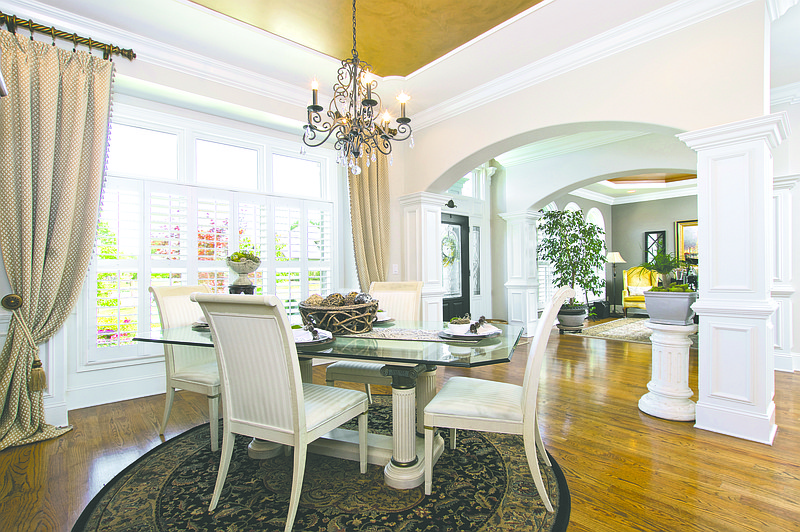Time was, curb appeal sold a home.
A tidy lawn, a fresh coat of paint and an inviting entrance were the first impressions many home-buyers had of a piece of real estate.
In today's high-tech marketing environment, prospective home-buyers have often viewed photographs of every room in a house and have seen a 360-degree view of the exterior on their smartphones before they ever set foot on a property.
The growth of digital marketing in the real estate business has boosted a burgeoning craft: real estate photography.
The Real Estate Photographers of America trade group has about 500 vetted members, but most agree that's just a small fraction of the number of American workers now making some or all of their income photographing houses. Many are self-taught career-changers who have rushed in to help fill a niche that barely existed a decade ago.
"A lot of portrait and wedding photographers saw the opportunity and moved into real estate photography to supplement their careers," says Alan Blakely, director of the Real Estate Photographers of America.
Blakely says that his national group is selective about its membership, accepting only about 20 percent of those photographers who apply. They examine a photographer's work before granting membership, which works like an unofficial seal of approval. Blakely says the organization looks for photography that is "artistic and informative."
Blakely says that research shows professionally produced house photos attract up to 10 times as many online views as photos taken hastily by a real estate agent wielding a smartphone. He said real-estate photographers can earn up to $200 and more for home shoots, although some charge less and some more.
Locally, Chattanooga-area photographers say there is a robust market for real estate photography here, as agencies note the return on investment from having quality images.
"I began when a Realtor saw work I had done on another project, and they called me into their office and asked if I'd be willing to photograph their nicer listings," says Tyler Smalley of Tyler's Photography.
"The Realtors who are serious about marketing a house properly see good photography as a worthwhile investment," he said. "When was the last time you saw a $200,000 item marketed with a picture taken from a cell phone?"
Smalley says most of his shoots fall in the $150-to-$250 range depending on the distance he has to travel to complete the assignment and the property owners' vigilance in cleaning and prepping the home to be photographed.
"I have a list on my website to help people to prepare before I come," Smalley says. "God knows we can't all have immaculate mansions, but my pet peeve is when I show up (exactly when I'm supposed to) and they are still running around with brooms and paper towels, and the house is still a mess."
"Most multi-million-dollar listings have good pictures you'd expect it. But if someone is looking for a $150,000 home, I guarantee you they're scrolling through a ton of junky images (online). A clean, professional looking listing will really stand out."
Rob Mulligan, a 60-year-old Connecticut native, says he has always enjoyed photography, but only took up real estate photography in the Chattanooga area as a vocation about five years ago. He says he has business relationships with several real estate agents who use him extensively to shoot their properties.
More than just a craft, Mulligan said he sees his photography as contributing to the the narrative of his customers' lives.
"My goal is not just taking pictures, it's taking people to the next step in their lives," he says. " The vast majority of [home] searches start online. You've got to have good pictures."
Mulligan said he strives for realism in his photos.
"My intention is that when the buyer walks into a home, what they saw on their phone or tablet is what they are walking into," he said. "I'm trying to give an honest representation of the house."
One of his techniques is making sure most photos contain at least two corners of a room, he says, which helps give proper perspective. He also uses multiple strobe lights, he says.
His all-purpose advice to home-owners: "Hire someone [to photograph your house], or teach yourself to do it right. You've got to [have photos that] stop people in their search and compel them to get in their car."
